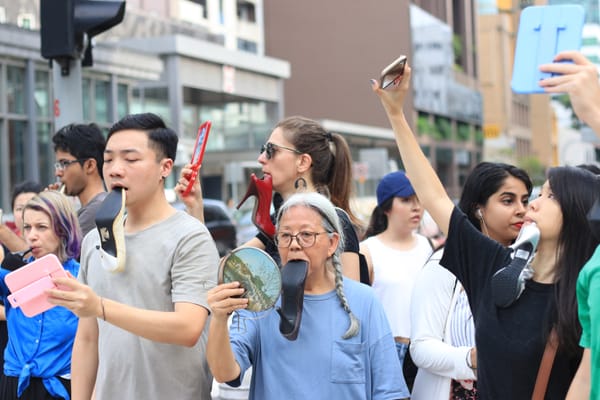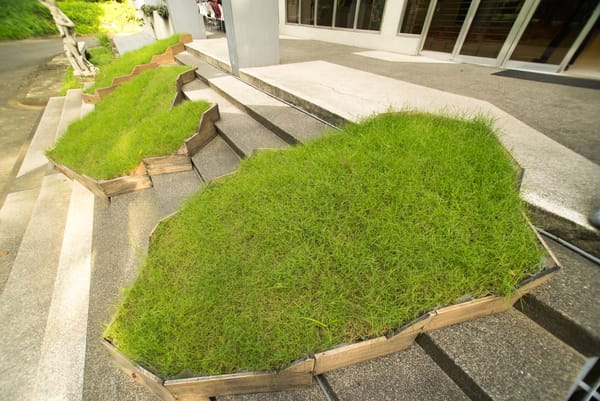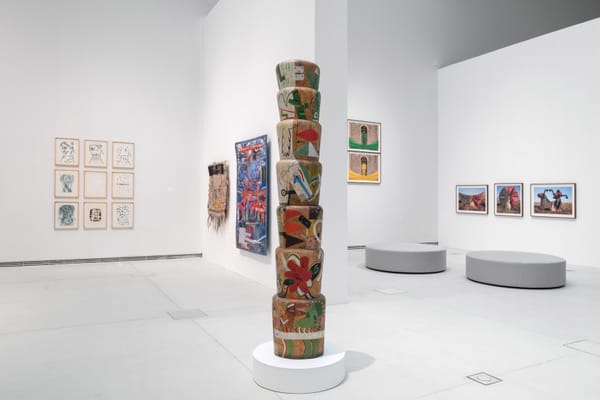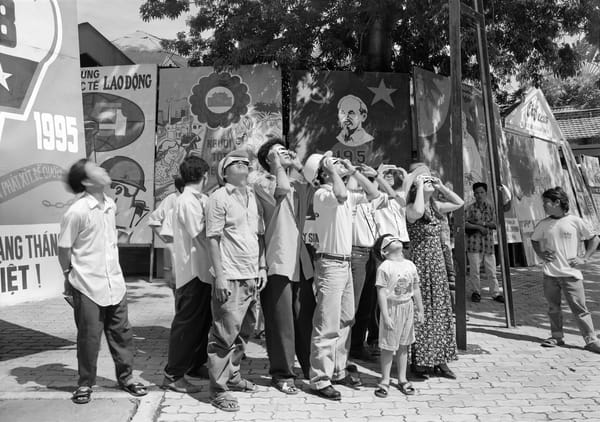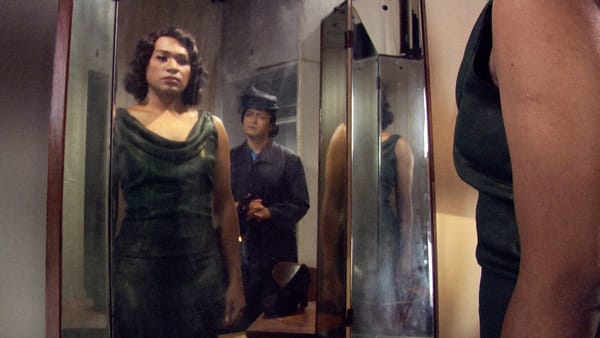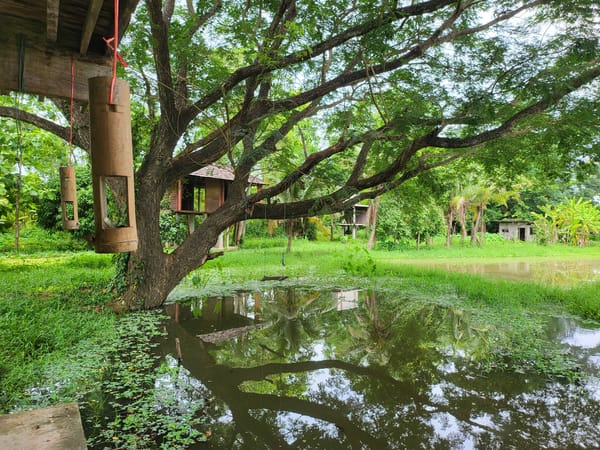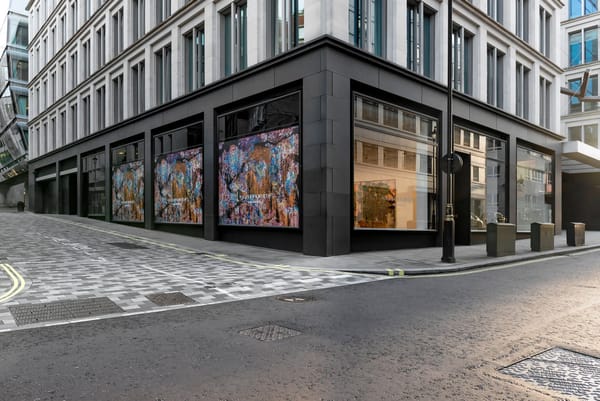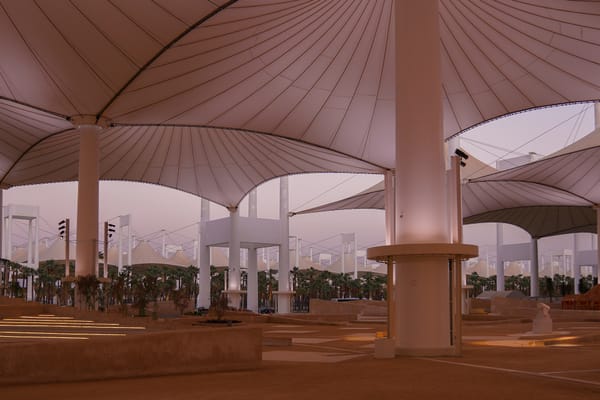Issue
To Boldly Go: Jack Whitten’s Expansive Art
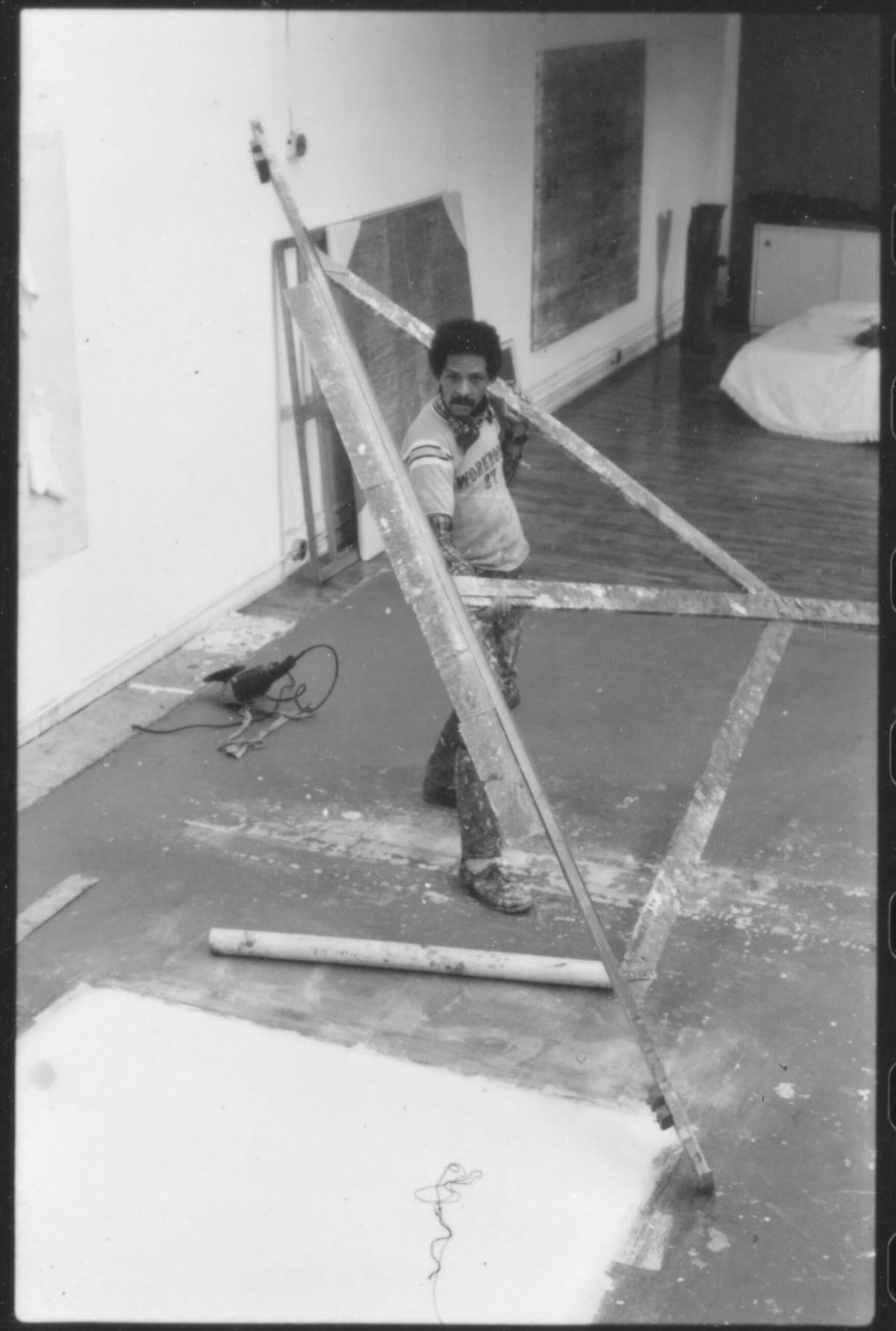
For six decades, Jack Whitten used his art as a platform for experimentation, finding the appropriate materials and formats to express his feelings about indelible experiences and diverse subject matter.
Born in 1939 in Bessemer, Alabama, Whitten grew up in the segregated American South, which he often referred to as “American apartheid.” As a boy, he enjoyed hunting and fishing and learning domestic skills, even as he confronted the severe limitations and pressures of racism. Participating in Sunday services and funerals at the Church of God instilled in him a sense of ritual and the value of bearing witness to joys and sorrows. His college studies at Tuskegee Institute expanded his interests in botany, biology, and zoology; and at Southern University, he engaged in non-violent protests influenced by Dr. Martin Luther King Jr.
Coming to New York in 1960 to attend art school at the Cooper Union, he established meaningful dialogues with Black artists, including Romare Bearden, Jacob Lawrence, and Norman Lewis; while getting encouragement from painters Willem de Kooning, Franz Kline, Philip Guston, and others that he met at the Cedar Bar and Lower East Side social spaces. From this period on, Whitten became part of a community of cultural movers and shakers—poets, critics, jazz musicians, and fellow artists—whose works would come to define the last decades of the 20th century and the beginning of the 21st. He was privileged to have close contact with the likes of LeRoi Jones, Allen Ginsberg, Kate Millett, Miles Davis, Cecil Taylor, Bob Thompson, and many others.
